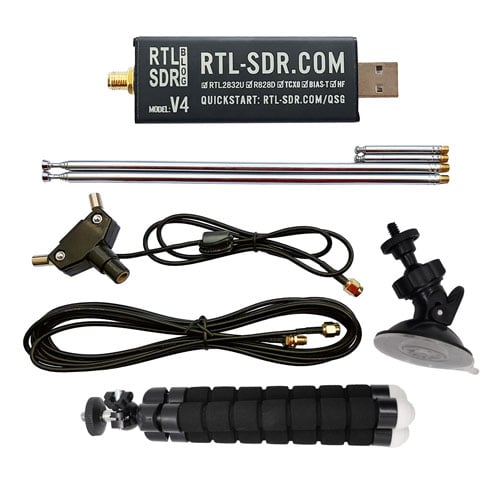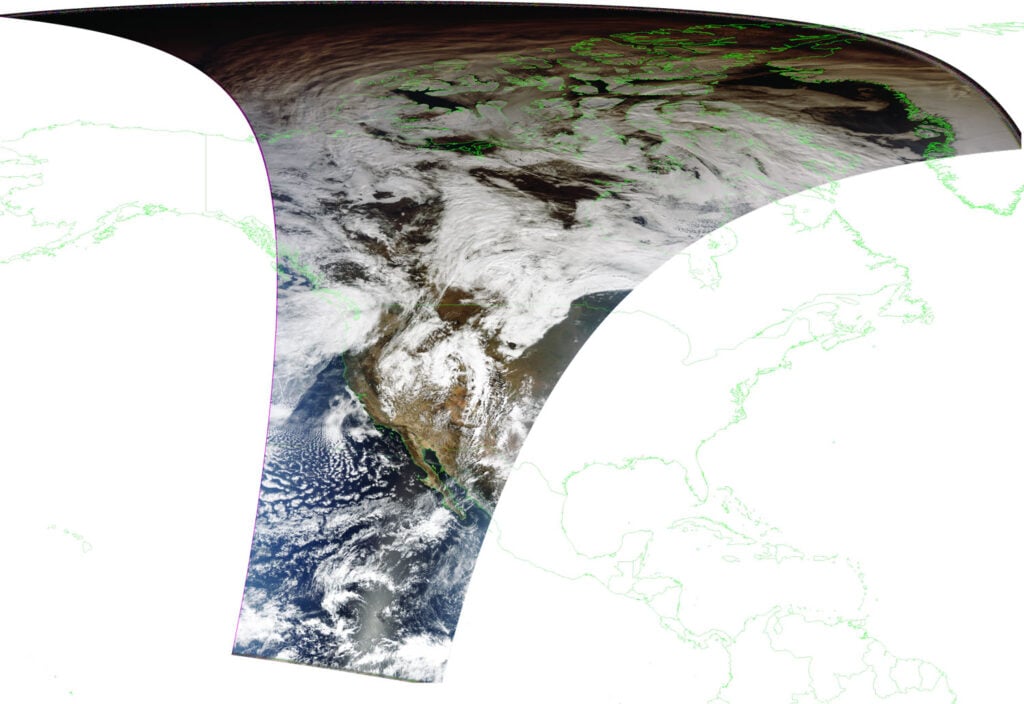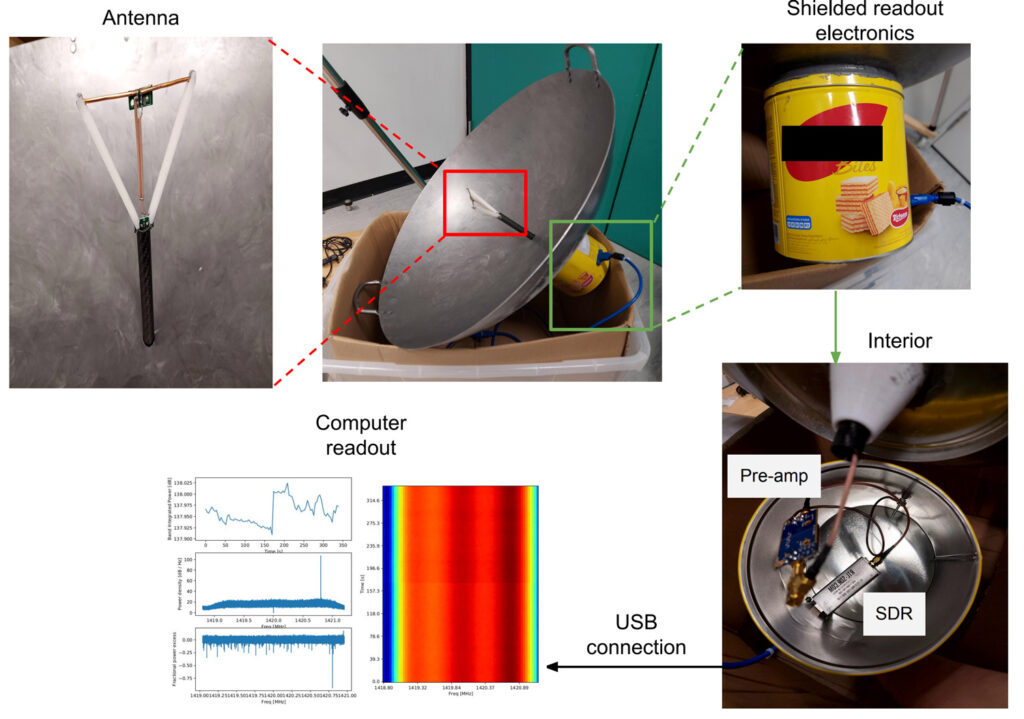RTL-SDR Blog V4 Dongle + Antenna Set Back in Stock
This is just a quick post to let people who have been waiting know that the RTL-SDR Blog V4 Dongle with Multipurpose Dipole Antenna set is back in stock in our international store which ships from China.
Amazon stocking has been slightly delayed, but the ship with the stock should be on the way soon, and we expect it to be stocked within about four weeks.
The V4 dongle can be ordered from our store at www.rtl-sdr.com/store.
Also see our release post and V4 users guide pages for more information about the RTL-SDR Blog V4.
Please remember that not all software is compatible with the RTL-SDR Blog V4 yet. The majority of programs on Windows and Linux are already compatible, or just require a simple driver swap, but some programs on MacOS will need more time to update because on these platforms the drivers are bundled with software. Android has recently seen the SDR Driver app updated to support the majority of Android apps.
Please consult the V4 users guide for the latest information about software compatibility and how to update the drivers.


